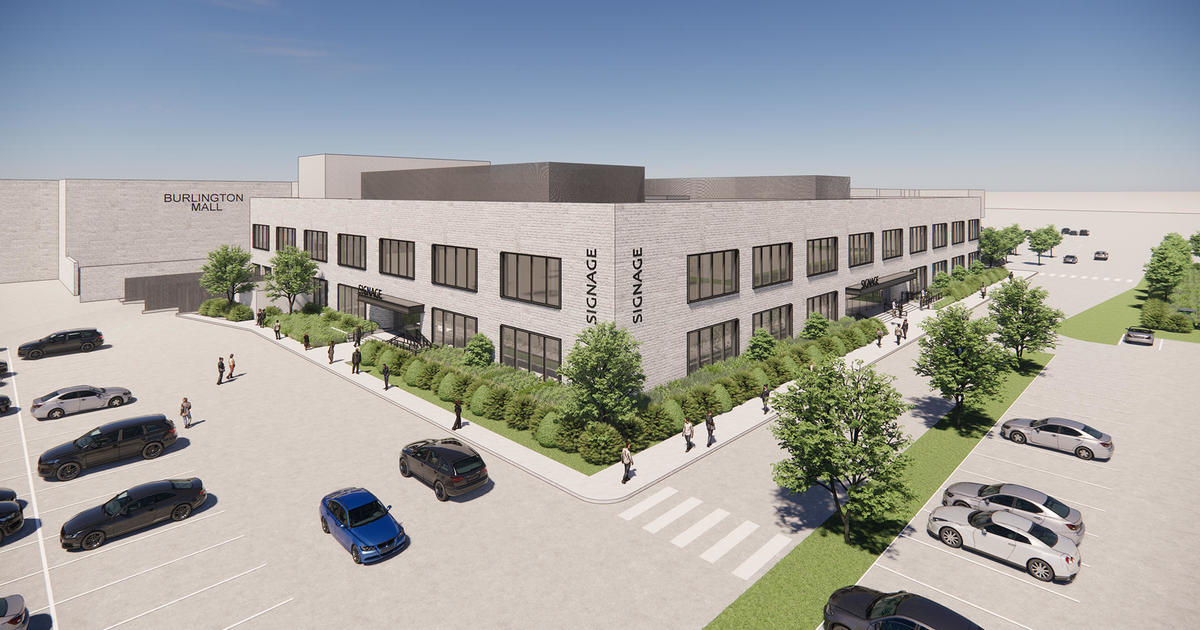Looking at the Colliers data for other metros (besides the Bay area, supra) it would appear that the astounding number was not pulled out of the thin air, so to speak.. For example, for New Jersey, nothing currently under construction, 3,239,000 square feet planned. Seattle 1,390,000 square feet under construction, 376,000 square feet planned..
Regardless of what number you choose to use with respect to the number of square feet per employee for a lab building, the number of new employees who will work in the 60+ million sq ft of lab space being constructed or planned, is in the low six figures. Assuming a lab building has ten occupiable floors, the footprint for an additional 50 million square feet is over 1,100 acres. Assuming all new construction, and no conversions, some/much of this planned construction will be outside of Boston proper, Cambridge.
I'm not disputing the veracity of the 52 million sq feet as much as wondering what projects are included, and whether anyone had a supporting breakout, etc.
52 million sq ft really is astounding - for context Collier's Q421 report says Boston has 66 million sq ft of office space total, today.
So the amount of lab space under construction + proposed is roughly comparable to the amount of office space that exists in Boston today. Nuts.


